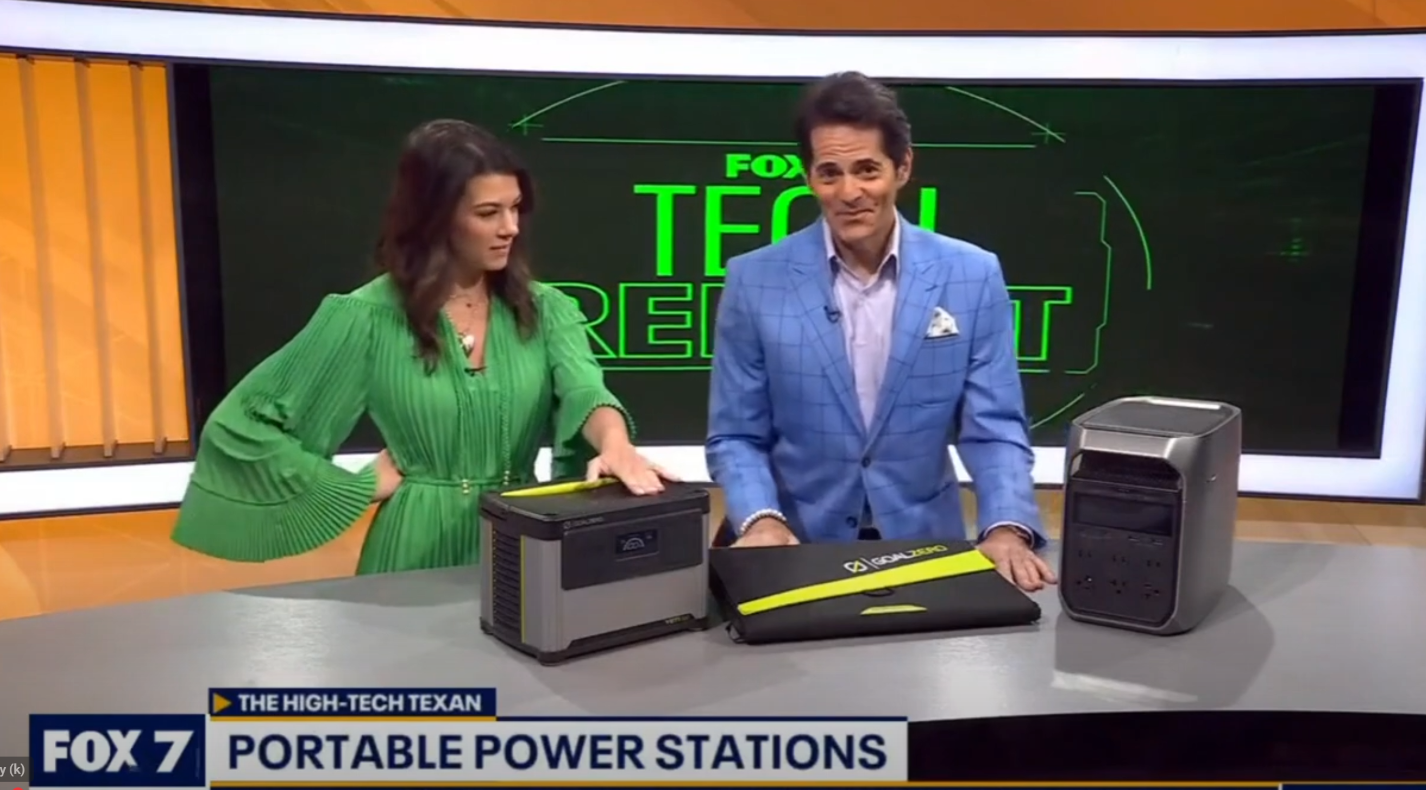Choosing a portable power station for home use involves evaluating several key factors to ensure it meets your specific needs. Here’s a practical guide to help you make the best choice:
🔌 1. Determine Your Power Needs
List the essential devices you want to power during an outage or while off-grid:
-
Phone (5–10W)
-
Laptop (30–90W)
-
Wi-Fi router (10–20W)
-
CPAP machine (30–60W)
-
Refrigerator (100–800W)
-
Microwave (600–1000W)
✅ Add up their wattage and multiply by estimated usage hours to find the total watt-hours (Wh) needed.
⚡ 2. Battery Capacity (Wh)
This determines how long the power station will last.
| Use Case | Recommended Capacity |
|---|---|
| Light backup (phones, lights, router) | 200–500 Wh |
| Moderate (laptop, CPAP, fan, modem) | 500–1000 Wh |
| Heavy (fridge, microwave, tools) | 1000+ Wh |
🔋 3. Output Power (Wattage)
The inverter’s output should match the most power-hungry device you’ll run:
-
Look for Pure Sine Wave Inverters if you’re powering sensitive electronics.
-
Continuous output and surge capacity both matter.
🔌 4. Port Selection
Look for a variety of ports:
-
AC Outlets (standard plugs)
-
USB-A and USB-C (for phones/laptops)
-
12V DC (for car appliances)
-
Anderson/Solar input (for recharging via solar panels)
🔄 5. Charging Options & Speed
-
AC wall charging
-
Car charging
-
Solar panel input (important for long outages or off-grid use)
-
Fast-charging models are ideal if downtime is a concern.
📦 6. Portability & Weight
Larger capacity = heavier. If you’ll move it around often, check:
-
Weight (under 15 lbs for light use; 30–50 lbs for heavy)
-
Built-in handle or wheels
🔧 7. Build Quality & Safety Features
Ensure it has:
-
Overload protection
-
Temperature control
-
Certified battery chemistry (LiFePO₄ is safest and most durable)
🧰 8. Extra Features to Consider
-
App connectivity (monitor usage via phone)
-
Expandable batteries
-
Wireless charging
-
Integrated lights
💸 9. Budget
-
Entry-level (200–500 Wh): $150–$400
-
Mid-range (500–1000 Wh): $400–$800
-
High-capacity (1000+ Wh): $800–$2000+
As seen on FOX 7 Austin:

